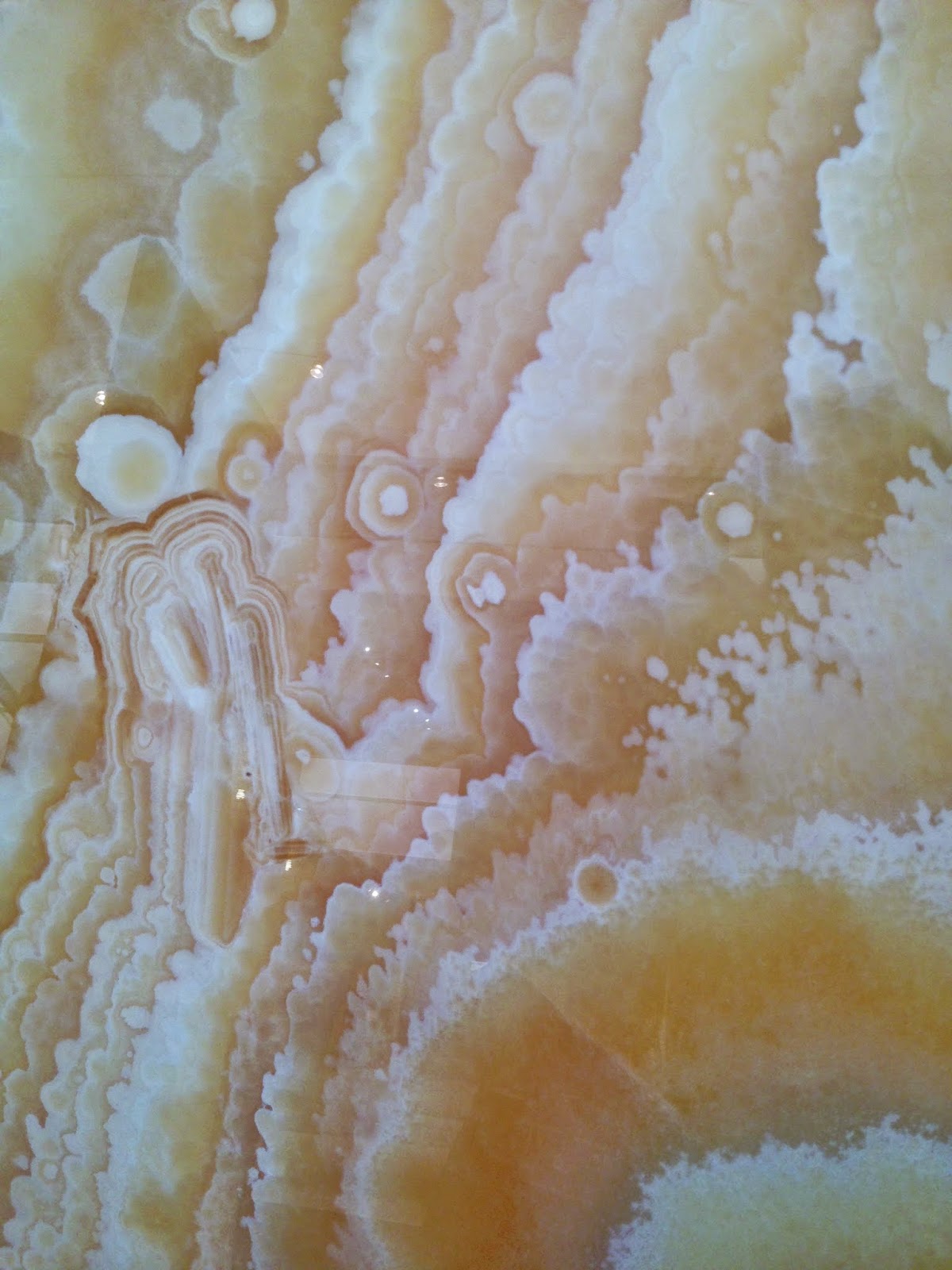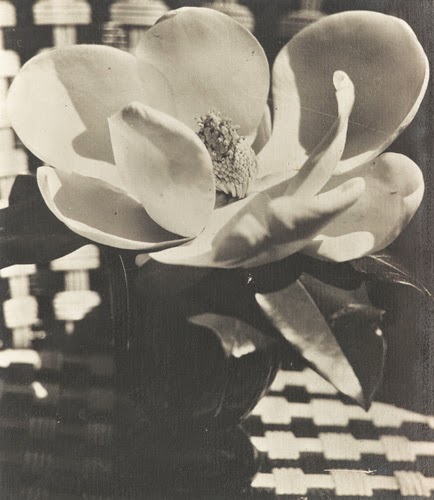Between the various photography exhibitions that are currently running (Dennis Hopper at the RA, Horst P. Horst at the V&A, Edwin Smith at RIBA, to name but three) and spending a good couple of days thoroughly immersed in a review copy of
Vogue The Gown (coming out next month, it's amazing,
pre-order it now) I've spent more time than usual dwelling on that particular medium.
Edwin Smith: Campo San Giorgio Maggiore, Venezia, Italy, 1961
Photography is one of the fast growing segments within the art market. Collecting it in itself is not new - it was practically simultaneous with the invention of photography: P&D Colnaghi were selling photographs as early as the 1850s, representing the work of Roger Fenton and Julia Margaret Cameron - about whom I once wrote a paper while at university. (Pointless aside.) But early photographs were usually collected to be kept in albums, not hung on a wall, which is certainly not the case now. (There's a lengthy explanation, incidentally, which I'm mainly glossing over - but photography first started properly being viewed as a fine art form in the 70s, which was partly to do with artists like Cindy Sherman and Richard Prince etc., and partly to do with museums forming photography departments and appointing dedicated curators.) And whether it's early photography that one is interested in, or fashion photography or landscape photography or the work of young photographers, the market is responding to demand: i.e. there is a lot of choice. (The Paris Photo fair has become so successful that, as of last year, it takes place in LA, too.)
So I asked my brilliant friend Brandei Estes, who is Deputy Director Specialist Photographs at Sotheby's, (and who has previously worked at the Michael Hoppen Gallery, and at Brancolini Grimaldi, and at various other places besides - she knows everything) for her tips on collecting:
1.) Be informed. Know the galleries that represent photographers; go to the shows, speak to the gallerists; go to the fairs, meet the dealers; go to the auction houses and look at the pre-sale exhibitions.
2.) Understand the difference between the primary market (a gallery exhibiting and selling new work by an artist) and the secondary (anything sold by a dealer or at auction.) Be aware that the estimate at auction is always going to be lower than the price of a piece sold on the primary market.
3.) Understand the process. A vintage print by, say, Cecil Beaton will be more expensive than a modern print which will be one of an edition offered to the market by Beaton's estate. And, when it comes to editions, limited editions are better than open editions - and the smaller the print run the better. Techniques have developed and changed over the course of time - pre-80s photography was mainly printed by hand, for instance - this can affect the price and the longterm value.
4.) Provenance is key, whether you're buying from an auction house or a friend.
5.) The condition is important. Saying that, vintage prints will usually be a bit scratched and beaten up - I'd be very suspicious of a vintage print in perfect condition.
6.) But ultimately, buy what you love, be aware of your budget, and be careful with your expectations (nobody can guarantee that what you've bought is going to quadruple in value within five years.)
My own, rather limited, collection of photography is very much founded on that sixth principle, insofar as I've only ever acquired what I love - although I've been fortunate, and have been given some of the pieces that I treasure, such as this:
Marie Helvin by Barry Lategan for Vogue 1971.
As always though, there is so much more that I would love to see hanging on my walls, and I often find myself pouring over the catalogues of the Sotheby's photography sales - there's a particularly tempting Man Ray sale taking place in Paris on 15th November:
Man Ray, Magnolia Flower, 1926, silver print, estimate: 30,000 - 50,000 EUR
Man Ray, Lee Miller with sponge necklace, 1930-31, silver print, estimate: 40,000 - 60,000 EUR
Tragically, I'm not sure that my bank balance will be able to support my bidding on either of those (unless of course I win the lottery between now and mid-November. My odds of which would be greatly improved by buying a ticket.) Nor can I afford a Lucien Herve, the architectural photographer - he was Le Corbusier's official photographer - of whose work there is currently an exhibition at the Michael Hoppen Gallery and some of whose works will also be found at the Barbican's Constructing Worlds, Photography and Architecture in the Modern Age, which opens on the 25th September. I am obsessed.
Lucien Herve
However, for those who are similarly bank balanced to me, I bring you glad tidings of great joy . . . . . .
Lumitrix:
Matilda Temperley (yes, her sister), Dancer 1 (I have this on my stairs. I love it.)
Astrid Harrisson, Circling at Dawn. I fantasise about owning this. It shows the legendary Marwari horse being exercised in the Rajhastani desert by Marwar horsemen.
Lumitrix sells in two ways. They started with the 'Lumiprint', into which category the Matilda Temperley falls: each is a commercially printed lithographic print on 250gsm silk paper, the edition is 500 (high, but it is still an edition - see Brandei's point number three.) The Watts and the Harrisson fall into the Fine Art category - professionally printed on fine archival paper each work is in editions ranging from 25-100, depending on the size. The costs vary, obviously. A Lumiprint is £50, Fine Art ranges from £90 (for the smallest size at the print run of 100) to £850.
But what price beauty? FMJ.
Dennis Hopper is that Royal Academy until the 19th October
Horst is at the V&A until the 4th January
Edwin Smith at the Royal Institute of British Architects until 6th December
www.parisphoto.com
For all upcoming photography sales at Sotheby's, see
here (seriously, don't forget the Man Ray on November 15th in Paris though . . . )
Lucien Herve is at the Michael Hoppen Gallery, 3 Jubilee Place, until the 24th October
Constructing Worlds, Photography and Architecture in the Modern Age is at the Barbican Centre from 25th September to 11th January
www.lumitrix.com - oh, and incidentally, Lumitrix are currently running a competition which closes on Tuesday night - you can win a print (amazing, no?!) - all you have to do is photograph the loneliest wall in your house - the details are
here.




















































